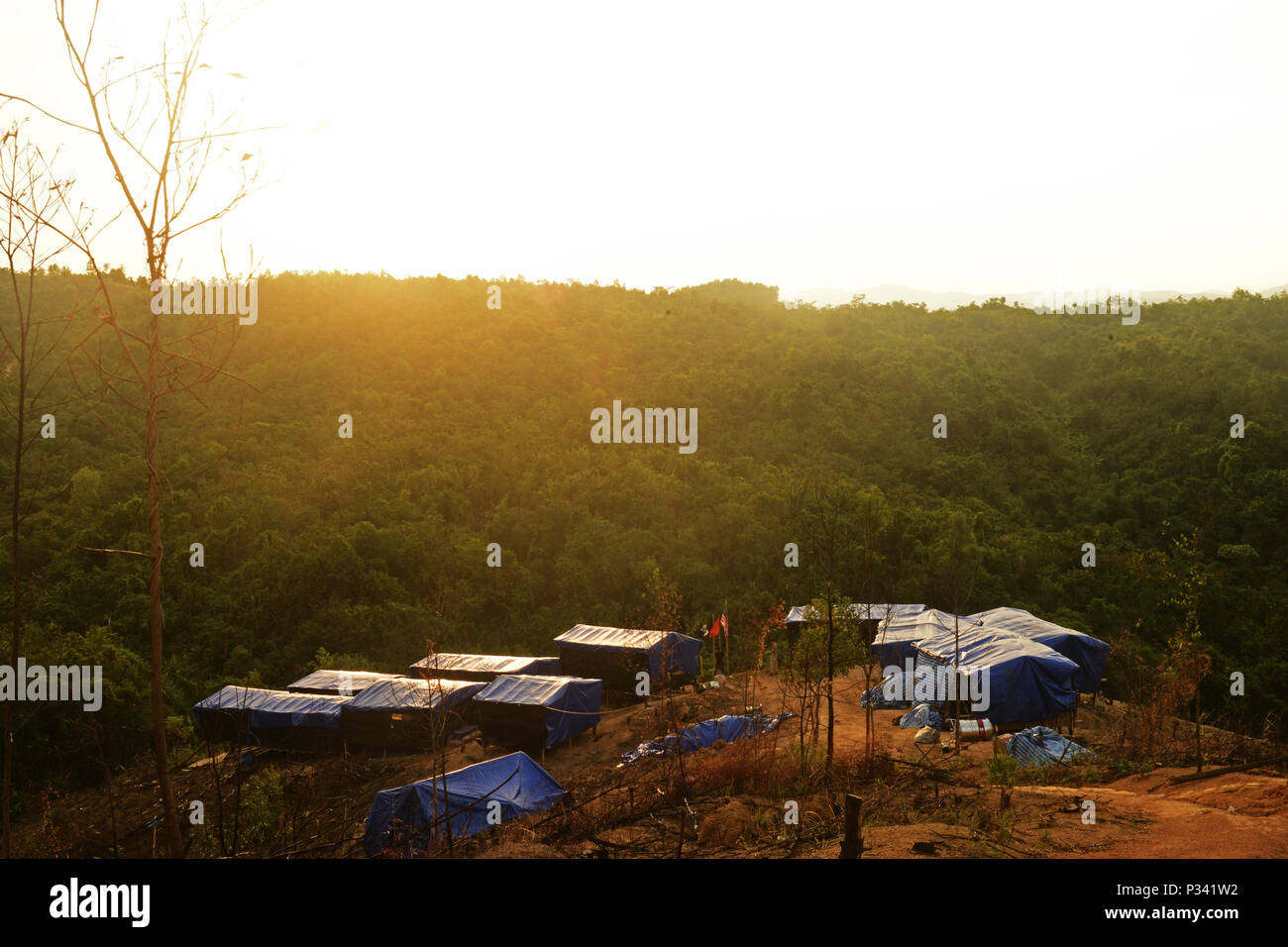
WEIGHT: 46 kg
Bust: E
1 HOUR:100$
Overnight: +40$
Services: Role playing, Deep Throat, BDSM, Foot Worship, Moresomes
Key facts Inshore capture fisheries represent the main source of income for coastal Vietnamese communities but are often insufficient for household expenditures. The project was part of a larger four -year Regional Fisheries Livelihoods Programme funded by the Kingdom of Spain which concluded in Working women in coastal communities In the coastal communes of Quang Nam, Quang Tri and Thua Thien Hue provinces in VietNam, inshore capture fisheries using motorised boats with small engines horse power is the most important livelihood and source of income.
Apart from marine capture fisheries, coastal households also rear pigs and chickens, dry and process fish and are involved in other related activities such as net making and repair. Due to a lack in proper husbandry techniques, small-scale pig rearing would sometime lead to low net profit margins. More than that, the amount of waste from pig breeding can cause environmental pollution, contamination of groundwater and foul odours. Working together with the provincial Departments of Agriculture and Rural Development in the three provinces, a FAO project provided technical and financial support for improved pig rearing and the construction of biogas units.

The units provide methane gas for cooking, while the processed waste is odourless and can be used as an organic fertilizer.
The selected beneficiary households included women - members of commune Fisheries Associations - with husbands involved in inshore capture fisheries. In the three provinces, most men carry out capture fisheries activities all year-round except when extreme weather prevents fishing. However, the income they generate is insufficient for household expenditures.

Through the project, five piglets or two adult breeding sows were delivered to each beneficiary. Apart from the financial assistance, study tours were organized for interested community members to learn from successful models in other communes. Participants were shown an operational biogas unit of similar design and a compensation tank that had not leaked or seeped in over two years of operation.

































